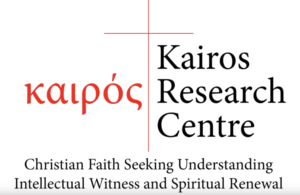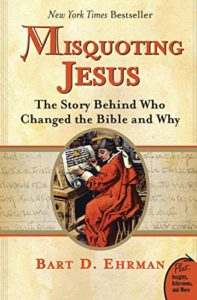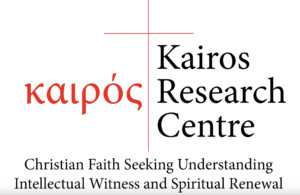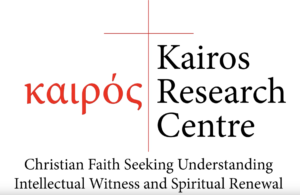
Part 2: Fine-tuning of the Universe and Intelligent Design
Question: 10. What is intelligent design? How does it compare with the theory of evolution?
Discussants: Dr. Ng Kam Weng and Dr. Rodney Toh.
You are welcome to join the discussion at:
What is intelligent design? How does it compare with the theory of evolution?
Please forward this message if you find the video discussion helpful.
 Bart Ehrman’s primary mission in life is undeniable. It is to discredit Christianity and to deconvert Christians from their faith. Ehrman’s attack on Christianity has been effective because he claims to be speaking as an objective historian (which is debatable), in contrast to apologists and theologians defending their faith and because he is speaking as a lapse fundamentalist with insider-knowledge. Ehrman’s attack on Christianity is comprehensive, but I shall only highlight three of his favorite lines of attack on Christianity.
Bart Ehrman’s primary mission in life is undeniable. It is to discredit Christianity and to deconvert Christians from their faith. Ehrman’s attack on Christianity has been effective because he claims to be speaking as an objective historian (which is debatable), in contrast to apologists and theologians defending their faith and because he is speaking as a lapse fundamentalist with insider-knowledge. Ehrman’s attack on Christianity is comprehensive, but I shall only highlight three of his favorite lines of attack on Christianity.  Series: Fine-tuning of the Universe and Intelligent Design
Series: Fine-tuning of the Universe and Intelligent Design

